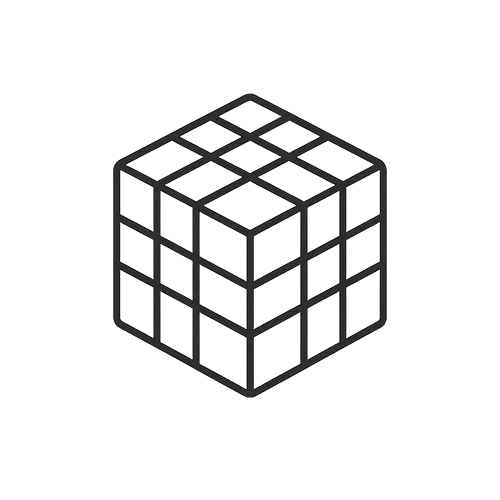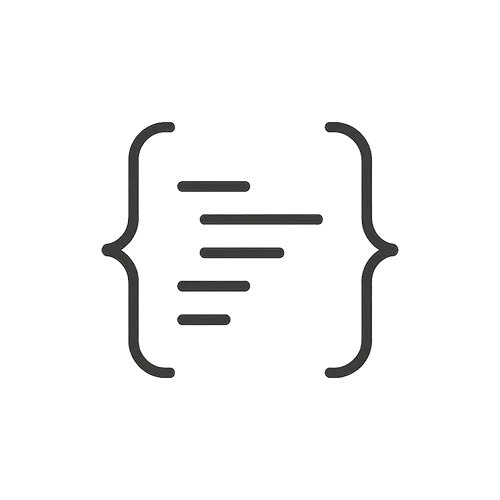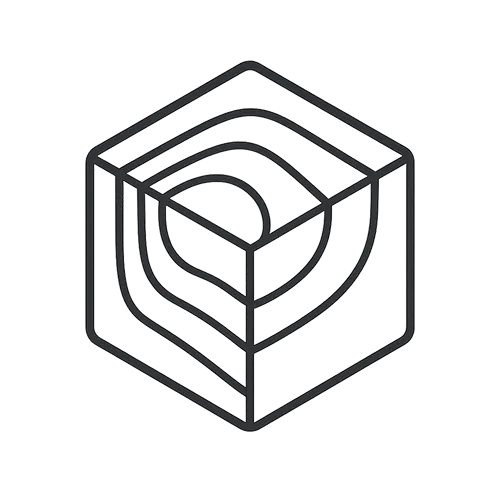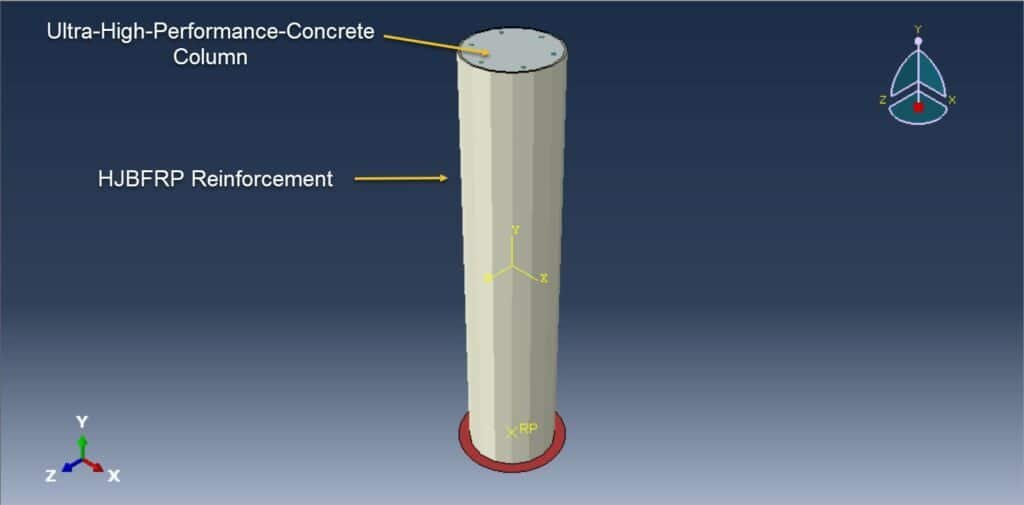Packages & Tutorials
Engineering Files & Tools
Software

Ready-to-use Models (FEA/CFD)

Excel Sheets & Hand Calculations










The demand for sustainable, high-performance construction materials has driven significant research into the development of eco-friendly composites and advanced concrete technologies. Ultra-high-performance concrete (UHPC) has emerged as a superior material in structural engineering due to its exceptional compressive strength, durability, and ductility. However, like all brittle materials, UHPC can benefit significantly from external confinement to improve its axial load-bearing capacity and deformation characteristics.
Fiber-reinforced polymer (FRP) confinement systems have proven highly effective in enhancing the mechanical performance of concrete columns. Among the various FRP materials, hybrid natural-synthetic fiber composites are gaining attention for their balance of mechanical performance and environmental sustainability. Jute, a natural fiber, offers biodegradability and low cost, while basalt fibers, derived from volcanic rock, provide high strength, corrosion resistance, and thermal stability. By combining jute and basalt fibers in a hybrid FRP system, it is possible to achieve a synergistic effect, optimizing the mechanical properties of the composite while reducing its environmental impact.
Finite Element Analysis (FEA) is a powerful computational tool used to simulate and predict the complex interactions between materials and structural components under various loading conditions. In the context of hybrid jute/basalt FRP-confined UHPC columns, FEA allows for the detailed investigation of stress distribution, confinement effects, and failure mechanisms during axial compression. Through validated numerical models, FEA can provide insights that guide the design, optimization, and practical application of these novel confined columns in sustainable structural systems.
This tutorial is close to the paper here: “Strength, durability, and finite element analysis of hybrid jute/basalt fiber reinforced polymer confined concrete column under axial compression.”


Dynamic
€1,00 €0,00
See more

Want to receive push notifications for all major on-site activities?